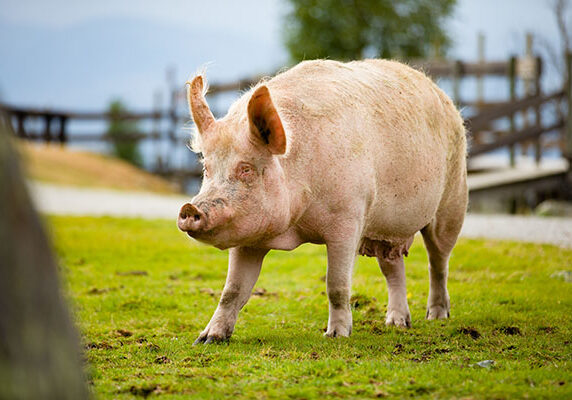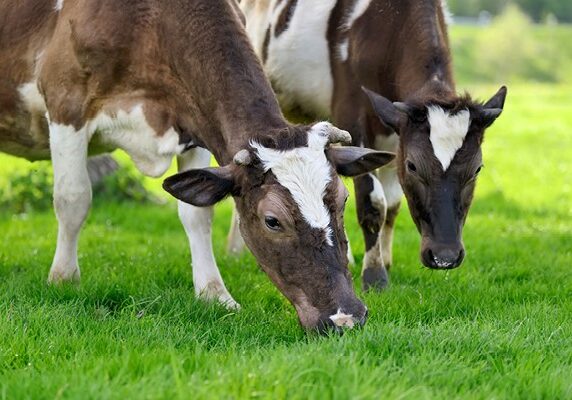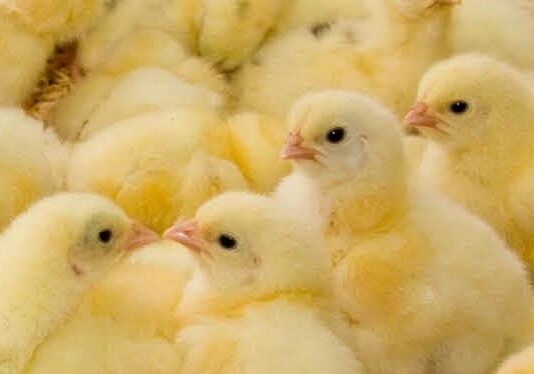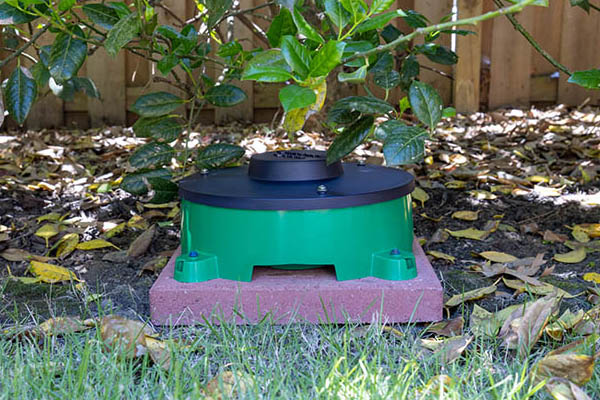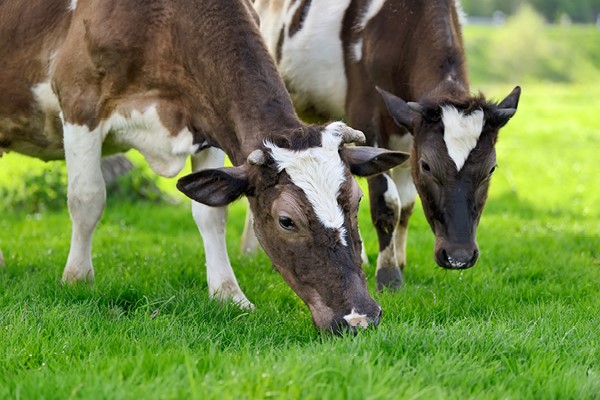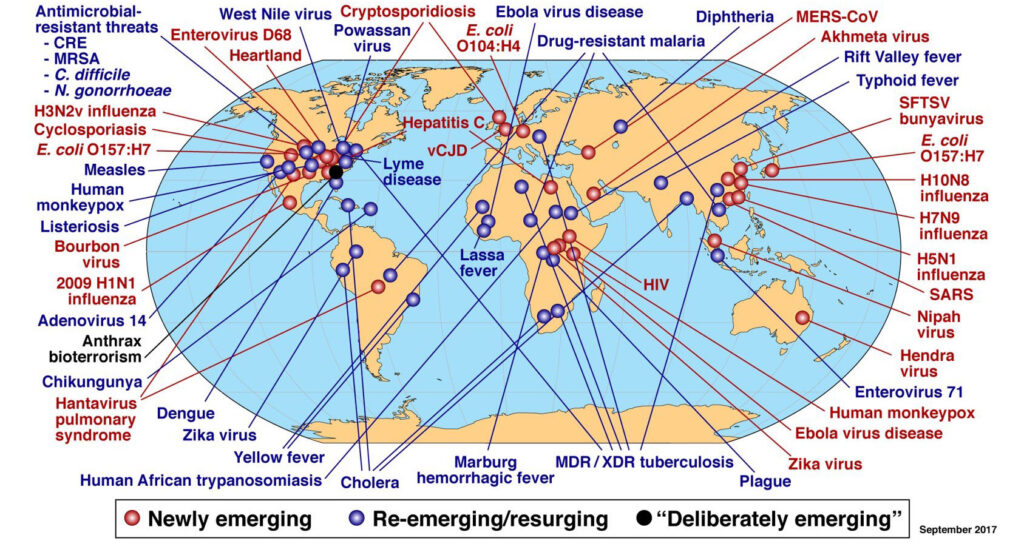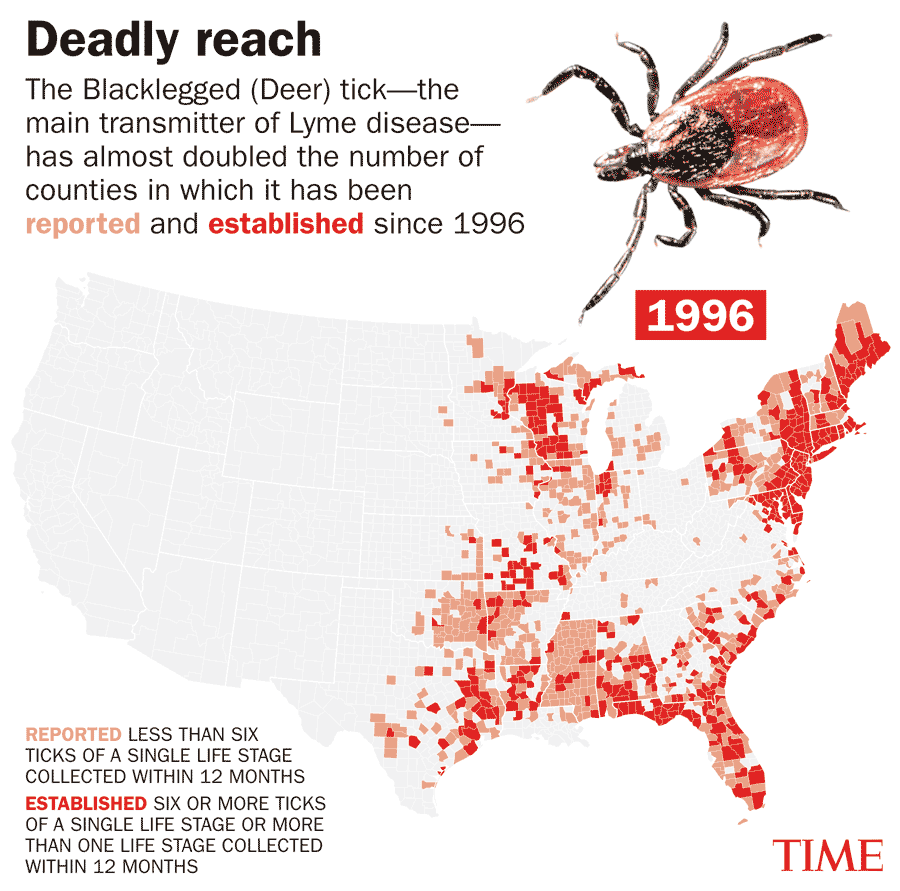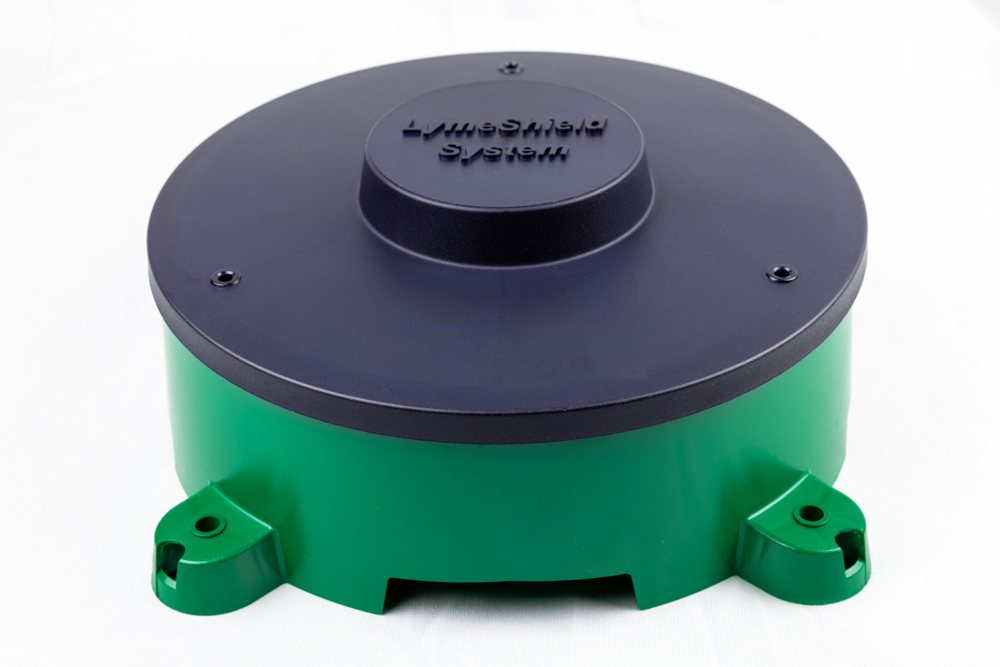
STOP PANDEMICS
BEFORE THEY START WITHOUT NEEDLES

FIGHT LYME
AT THE SOURCE
Public Health
Animal-Borne Diseases Threaten Global Health
Image Source: NIAIDS 2017
75% of emerging infectious diseases start in animals, which cause 2.7M human deaths each year. That is one death every 12 seconds.
According to a Harvard University report, preventing pandemics would save millions of lives and cost only 5% of the half-trillion lost per year due to pandemics.
US BIOLOGIC “Delivers Disease Prevention®”, limiting the spread of pandemic-capable animal-borne diseases through vaccines targeting infected animals.
Stopping Tick-Borne Diseases Like Lyme
- According to Time Magazine, this year could be the worst tick season ever.
- According to New Scientist Magazine, 1 in 7 people globally (1 billion +) have had Lyme disease.
- The U.S. Department of Health & Human Services recently announced that Lyme disease is a “$50-$100 billion problem for the United States…”.
- Lyme disease can cause heart disease and a lifetime of debilitating damage to joints and the neurological system.
- According to STAT, “Ticks that spread Lyme disease are now found in 43 states.”
- According to the CDC, approximately 476,000 people in the United States are diagnosed and treated for Lyme disease each year, with children aged 5-9 unfortunately being impacted most.
Vaccinate Mice and Fight Infection at the Source
The only known species that can spread Lyme disease is the black-legged tick, also known as the "deer tick". The tick contracts Lyme disease mainly from the white-footed mouse.
The LymeShield System consists of best-in-class tick and rodent control methods and a new vaccine (“Borrelia Burgdorferi Bacterin”) that is spray-coated on pellets and consumed by mice.
A mouse that doesn’t have the infection cannot spread it to feeding ticks.
For more information about the technology, visit or lymeshield.com.
Human Health

The World Health Organization estimates 3,000,000 to 5,000,000 severe cases of flu each year, resulting in up to 650,000 flu-related deaths each year.
Vaccines are enormously important but are limited by the need for trained medical professionals, cold-chain equipment, and the need for clean vaccine bottles and needles. Also, a large number of people refuse to take vaccines because of a fear of needles.
US BIOLOGIC and the United States Department of Health and Human Services (DHHS) Biomedical Advanced Research and Development Authority (BARDA) Division of Research, Innovation, and Ventures (DRIVe) are developing an oral flu vaccine that doesn’t require refrigeration or needles and can be delivered to your home.

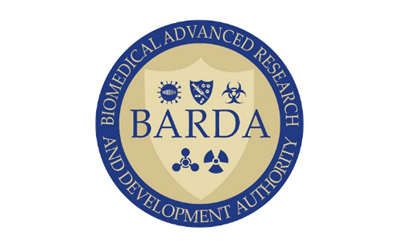
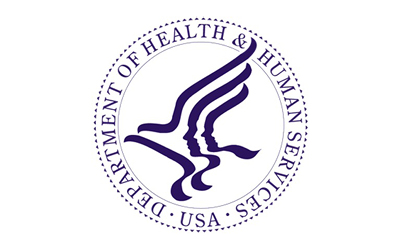
Animal Health
Food animals, including chickens, cattle, and pigs, are enormously important to world health.
However, our agricultural systems are under constant threat of diseases. Further, fewer and fewer treatments are available, as we can no longer rely on antibiotics due to threats of antimicrobial resistance.
Example Oral Delivery Projects:
- Antibiotics alternatives against poultry coccidiosis with partners at the United States Department of Agriculture Agricultural Research Service.
- Vaccines against devastating diseases such as Peste des Petites Ruminants in cattle with the University of Edinburgh.
- Vaccines that kill feeding ticks with the United States Department of Agriculture Agricultural Research Service.
- Vaccines against African Swine Fever, Classical Swine Fever, and Foot & Mouth Disease with the Department of Homeland Security Plum Island Animal Disease Center Science & Technology Directorate.



